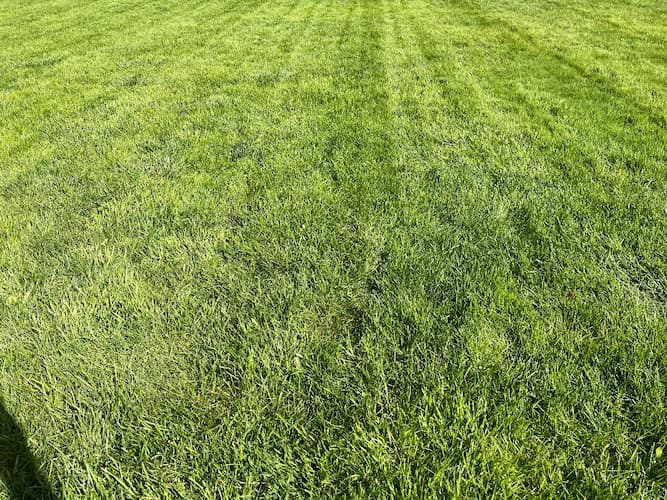How to Identify and Eliminate Lawn Disease

About Lawn Disease
Lawn grasses are plants. Like all plants, they are susceptible to disease. But, aside from one or two common ailments, lawns are pretty resilient. They survive the coldest of winters. They bear the heat and drought of the hottest summers. Then, there are heavy rains, no rain, and high humidity. Despite everything nature throws at it, lawns bounce back, even after heavy usage by kids and adults. Despite the onslaught from the elements, lawn diseases are very infrequent. However, when they do occur, you want to know how to eliminate diseases of the lawn, and quickly.
Like most plants, the disease is encouraged by wet, humid conditions. Heavy thatch is also a major ingredient, as it offers a place for disease to nurture and grow. The health of your lawn is an important first step in avoiding lawn diseases. Healthy and vigorously growing lawns are much more capable of resisting plant disease. Keeping your lawn healthy and giving it what it needs, provides a great appearance as well as disease prevention.
Snow mold is one of the most common lawn diseases. It shows up in the spring. As the snow melts, it uncovers a lawn that has spent several months hidden under a cold blanket of white, with little air and no sun. In its cold, wet, and dark environment, snow mold slowly forms, leaving the blades of grass dead and brown. New grasses will slowly sprout up behind it, but unless you rake them away vigorously, the new growth will be slow to come. It will also be thin, so overseeding is a good idea.
How to Prevent Lawn Disease
Watering at night increases the chance of disease, as the wet grass provides a breeding ground for molds and fungus. Sure, you can’t change the nighttime humidity or stop dew from forming. But, you can avoid increasing the duration and frequency that grass undergoes wet conditions.
Keep the lawn free of objects. Remove fallen branches and leaves. They provide a shelter for plant disease…and insects too.
Don’t starve your lawn. Give it fertilizers regularly, to keep it growing strong.
Check your lawn soil’s pH. Correct the soil, if needed.
Keep your lawn cut at a proper height. About 2 to 2 1/2 inches is ideal. Any longer, and disease finds a place to harbor.
Related Articles
Please support our site. Shop for:
- rmmatthews100@hotmail.com
- 585-721-6528
- Rochester, NY
©1999-2024 GardenersNet.Com, All Rights Reserved

